Swiped sculpture?
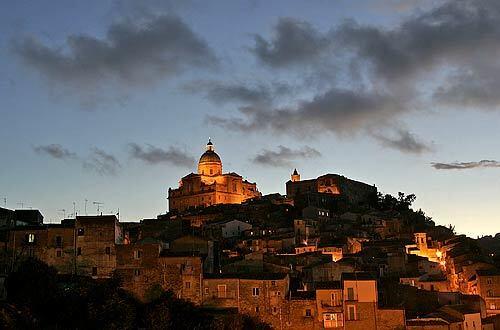
Clouds tinged by the setting sun float above the Cathedral of Piazza Armerina, Sicily, a village near the ruins of the ancient Greek city-state of Morgantina. Some experts believe that the statue of the Greek goddess Aphrodite at the Getty Villa in Pacific Palisades was looted from Morgantina. A local journalist said the plundering of ancient art was once so common that antiquities were openly sold in the town squares of central Sicily. (Luis Sinco / LAT)
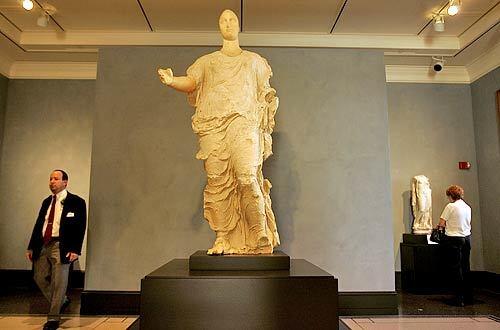
The marble and limestone Aphrodite is a centerpiece of the large antiquities collection that the J. Paul Getty Museum has on display at its Villa. Standing 7 feet tall and said to be about 2,500 years old, the sculpture was purchased by the Getty for $18 million in the late 1980s. Questions about whether it was illegally excavated and sold to the museum persist. The artwork has become a symbol of what Italy sees as the Gettys complicity in a black market for antiquities. (Luis Sinco / LAT)
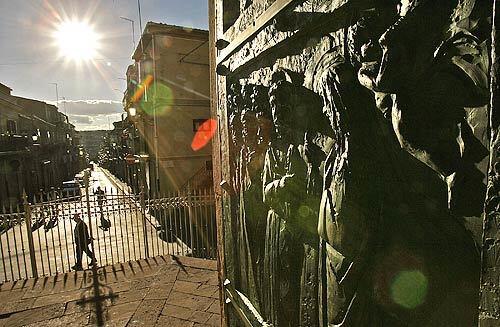
Late afternoon shadows wash across the doors of a church in Aidone, an insular village in central Sicily known as a center for the looting and smuggling of antiquities. The ruins of Morgantina are less than a mile away, and treasures found locally include the marble heads of statues depicting the Greek goddesses Persephone and Demeter. (Luis Sinco / LAT)
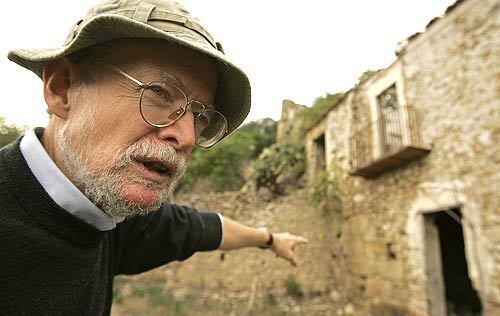
Malcolm Bell, a leading archeologist who teaches at the University of Virginia, points to a farmhouse that uses a portion of the wall around Morgantina as part of its foundation. Bell has been the lead excavator at Morgantina since 1980 and is skeptical about rumors that the Aphrodite was looted from the site in central Sicily. When asked by Getty officials in 1988, Bell said he could not rule out that the statue had been discovered at Morgantina but at the same time I can say that, at the time of this writing, I know of no reason to argue that it was found there. (Luis Sinco / LAT)
Advertisement
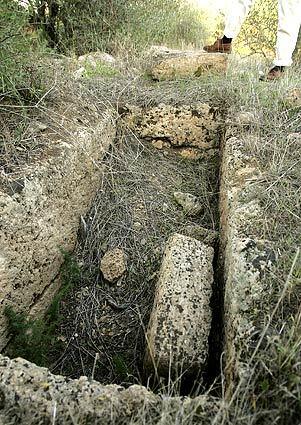
A looted grave lies in a sandstone quarry near Castelvetrano, Sicily, where remnants of ancient Greek settlements dot the landscape. The graves sometimes contain precious metals, pottery, icons and coins dating back thousands of years. The artifacts are commonly sold in the lucrative and often illicit international market for antiquities. Some experts say that more than 60% of Sicily’s ancient tombs have been plundered. (Luis Sinco / LAT)
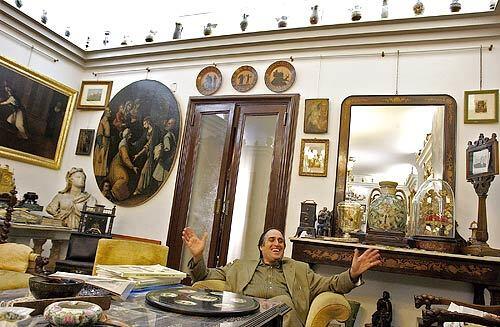
Vincenzo Cammarata is a self-styled baron, collector and expert in ancient coins. He said he was offered the head of the Aphrodite and two other marble heads for sale in Sicily decades ago. However, he has since changed his story. He admits having appraised antiquities possibly looted from archeological sites in central Sicily. He has a home in Enna and a villa in Piazza Armerina, both dwellings filled floor to ceiling with antiques and artworks. Cammarata, who has been charged with but never convicted of trafficking in looted art and been accused of having Mafia ties, once said he had a dossier about all these things that will make Italy tremble.” (Luis Sinco / LAT)

Silvio Raffiotta is an appellate court judge who has written a book about the looting of antiquities from Morgantina. He has tried to uncover ties between the illegal trade in stolen artifacts and the Mafia. However, allegations of corruption have also been leveled at him. (Luis Sinco / LAT)
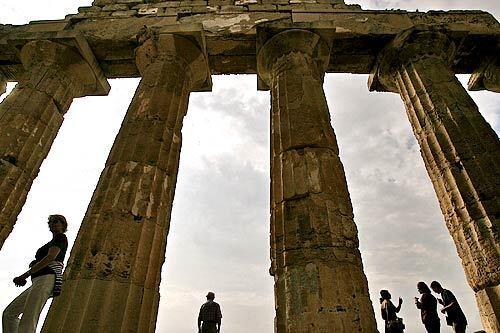
Visitors walk around a reconstructed Greek temple in the Sicilian ruins of Selinus, where sculptures similar to the Getty’s prized Aphrodite have been found. In recent years, the Getty has returned to Italy two ancient objects a tombstone and a religious inscription that are believed to have been looted from Selinus. The items are now on display in the nearby city of Trapani. (Luis Sinco / LAT)
Advertisement
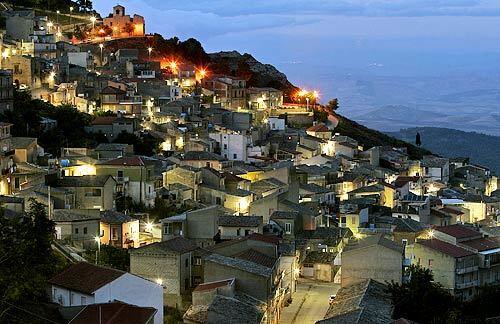
Homes cling to the hillsides in the town of Aidone, which overlooks the valley that contains the ruins of Morgantina. A number of antiquities have been stolen from Morgantina and smuggled out of Sicily, making Aidone a center for the illegal commerce. Sources said the Gettys Aphrodite was looted from the area in the late 1970s and smuggled to Switzerland in a carrot truck. (Luis Sinco / LAT)
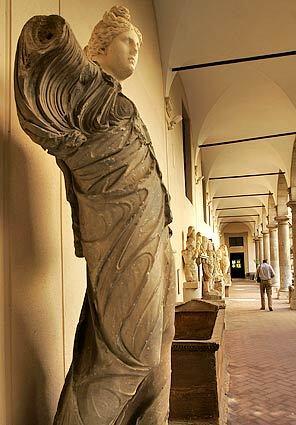
Antiquities from the ruins of ancient Greek settlements around Sicily line a portico at the Regional Archeological Museum in Palermo. The ancient Greeks founded numerous city-states on the island, establishing an impressive legacy of history, culture and art. Much of that legacy has been looted from archeological sites and sold to buyers worldwide. (Luis Sinco / LAT)
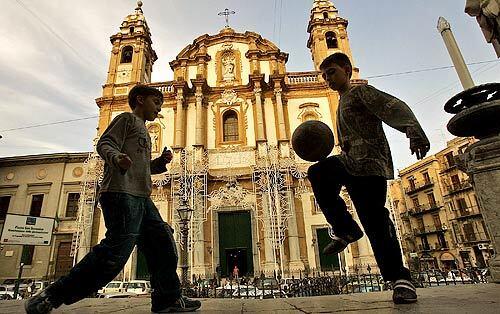
Boys play soccer in the Piazza San Domenica in Palermo, Sicily. Rich in history but crippled by corruption and a weak economy, Sicily has long been ravaged by looters. Investigators from the Getty Museum were told that the alleged smuggler of their prized statue of Aphrodite had ties to the Mafia. (Luis Sinco / LAT)







